Growing statice, planting and care rules in the open field
Statice came to our flower beds from the distant Mediterranean saline steppes. Other names for the plant are sea lavender, kermek, immortelle, lemon. The flower is interesting in that it retains its colors and shades, being dried for winter bouquets. A perennial plant, easy to plant, decorates flower beds and flower beds for a long time, requiring minimal maintenance.
Kermek types
The ground part of the plant consists of a root rosette of leaves and a high, up to 80 cm, peduncle. Small flowers of various colors are collected in inflorescences, similar to panicles, spikelets or shields. Mass flowering begins in July, 90-100 days after sowing.
Florists in Russia prefer to grow the following types and varieties of statice.
- C. blue - 50 cm annual plant. Brush-like inflorescences are painted in bright blue, cornflower blue tones.
- C. blue - about 60 cm high, with pale blue inflorescences that perfectly retain the color and shape of the flowers when dried.
- S. supreme - an annual with flowers of various colors, blooming until autumn. Height - from 30 to 60 cm.
- C. Germanic with white spike-shaped inflorescences, height up to 40 cm.
- S. Crimean with a rich palette of colors, including rich burgundy and purple tones.
- S. Suvorova (plantain flower) up to 60 cm high, flowers are pink or pink-lilac.
- S. Gmelin - especially frost-resistant variety with blue-violet flowers, collected in a shield. Plant height is about half a meter.
- C. broadleaf up to 75 cm high, flower panicles are colored with blue-violet tones. Gardeners' favorites are Violetta (deep purple) and Blue Cloud (lavender).
- C. Chinese - thermophilic species, height - 50-70 cm, small yellow flowers with cream or white bracts.
- C. notched - up to 60 cm tall, flowers are small, pink, white, blue-violet.
Landing statice
Statice grows well and blooms for a long time in open sunny areas. She is not afraid of winds or drafts.
She needs a loose soil, with good aeration and moisture exchange. In nature, it grows on loose limestones, so the pH should be neutral or slightly alkaline.
The place is chosen taking into account the fact that the root system of the kermek does not tolerate stagnant water during precipitation or melting snow. Therefore, it is often grown in elevated flower beds, alpine hills.
For breeding statice on the site, seeds are most often used. They are sown directly into open ground or for seedlings. An unpretentious plant at the initial stage of cultivation requires special rules.
Growing seedlings
The method is preferable for especially thermophilic annuals; it is often used in temperate latitudes.
If the seeds selected for sowing turned out to be unrefined from the remnants of the flower fruit, they are left in this state. Experienced gardeners believe that plants grown from these seeds have better health and bloom more abundantly.
Seedling growing technology
- Sowing seeds begins in March, if the seedlings will be grown at home. For greenhouses and greenhouses, the optimal period is April.
- Seedling containers are pre-disinfected with potassium permanganate or boiling water.
- The substrate is prepared light, loose, with a high content of sand.
- The seeds are pre-soaked in warm water for several hours. You can combine soaking with scarification - sanding the seeds.
- The seedling containers are filled with soil, watered abundantly.When the water is absorbed, and its excess drains through the drainage holes, seeds are laid out on the surface of the substrate.
- The crops are covered with fine sand and moistened.
- Tighten with foil or cover with a lid.
- Seed germination conditions: temperature - 16-20 ° С, humidity - about 60%.
Moderate daily warming of sowing containers will speed up the emergence of seedlings. Usually 60 W fluorescent lamps are used for these purposes. Warm-up time is about 4 hours.
Before the emergence of seedlings, the crops are regularly ventilated, if necessary, the soil is sprayed with water. The first shoots appear in 10-15 days. When the first 2 leaves are formed, the seedlings dive in 3-4 pieces. in a pot about 10 cm in diameter. The substrate for this period is made of peat with sand in equal parts.
The second pick is carried out a month later. Seedlings are distributed in separate containers so that when transplanting to a flower bed, they do not damage the root system.
Kermek seedlings are planted in open ground from the second week of May, but no later than two months after the second pick. Most species and varieties are not at all afraid of the cold, the risk of losing seedlings during recurrent frosts is negligible.
- They prepare a place for planting - they dig up the soil, loosen it, if necessary add a deoxidizer and sand, remove weeds.
- The seedling is removed from the pot with an earthen lump. If the growing took place in a peat or cardboard pot, leave it as it is.
- The seedling, together with the lump, is dipped for half an hour in a container of warm water.
- The landing hole is dug according to the size of the earthen coma, depth is added for laying out the drainage.
- A small layer of gravel is laid out on the bottom of the hole, extended-release fertilizer is poured, sand is added.
- The soil extracted from the hole is mixed with sand and dolomite flour.
- A seedling with a soggy earthen lump (pot) is placed in the hole, observing the vertical position of the stem, and covered with prepared soil mixture.
- Watering.
Make sure that the rosette of leaves is not covered with soil and is well lit.
Sowing in open ground
Statice seeds germinate easily directly in the flower bed. Sowing is best done in April.
Seeding Algorithm:
- the landing site is prepared as described above;
- the soil surface is leveled with a rake, grooves are cut with a depth of 2 cm;
- the seeds are laid out in grooves with an interval of 15 cm;
- the grooves are covered with soil mixed with sand, or a mixture of peat and sand;
- watered abundantly, but carefully so that the soil does not erode;
- grown shoots are thinned out - the distance between them should remain about 30 cm, so weak shoots are removed, stronger ones are moved to another place.
Sowing does not have to be done in rows. The flower bed will turn out to be more picturesque if you sow seeds randomly.
Care of the statice
Kermek is not picky, but the abundance and duration of flowering are directly related to the quality of care.
Watering
Adult plants do not suffer from a lack of moisture; kermek survives even in deserts. However, young plants need moisture.
- Water only early in the morning or in the evening, when the sun's rays do not hit the plants.
- Watering is carried out only at the root.
- In order not to overflow the plants, first check how deeply the soil has dried: a wooden stick (7-10 cm long) is immersed in the soil and removed. If moisture remains at a depth of 5 cm, as indicated by the earth adhering to the stick, you cannot water.
- If the leaves of the statice have sagged a little, then it does not have enough water.
Adult flowers are watered once a week; a glass of water is enough for one plant. If the weather is damp, do not water.
For abundant flowering of sea lavender, it is useful to add a small amount of salt to the water for irrigation - 1-2 tbsp. l. on a bucket of water. Such watering is carried out once a season, when the first buds begin to bloom.
Top dressing
On fertile soils, the statice is sufficient for a one-time dose of fertilizers applied during planting.Standard dosage - 30-50 g / m2.
In subsequent years, feeding is applied according to the following scheme:
- early spring - organic fertilizers;
- budding stage - organics and mineral complexes;
- the beginning of flowering - a mineral complex for flowering plants, reapply after a month.
From the end of August, feeding is stopped so as not to provoke the continuation of flowering, but to give the kermek the opportunity to fully prepare for wintering.
Preparing for winter
Despite its southern origin, statice easily tolerates 30-degree frosts if properly prepared.
- The stems and leaves are cut to ground level.
- The bases of the bushes are covered with straw, dry leaves, spruce branches, small twigs, and a non-woven cloth is thrown on top.
- The shelter is removed when the snow begins to melt.
The root system of kermek is afraid not so much of frost as an excess of moisture during thawing. Therefore, in winter, snow is not thrown over the landings.
Diseases and pests
The statice growing in a properly selected and prepared place practically does not get sick. All the troubles that can happen to her come from poor-quality care:
- thickening of the landings and their poor ventilation;
- excess moisture;
- lack of light.
Disorders in care provoke the development of fungal diseases. Treatment in this case is carried out with fungicides, and also necessarily normalize the growing conditions.
Pests do not attack statice.
Cutting and drying
Lemoneum flowers, when properly dried, retain their shape and color. They serve as an excellent complement to winter floral arrangements, look beautiful in a bouquet made of dried flowers of different colors.
For harvesting, flowers are cut in dry weather. Choose those in which almost all the buds have opened. Cutting will not harm the remaining peduncles, they will continue to develop and will delight you with flowering.
Dried in a dry place with little sunlight, hanging flowers, heads down, one at a time.
Growing statice seems difficult only at first glance. If you strictly follow all the planting recommendations and carefully follow the care rules - and it is minimal! - that unusual plant will decorate the flower garden for a long time (Kermek lives up to 25 years). It is also easy to grow it at home - on loggias and balconies on the south side, where other plants feel uncomfortable.
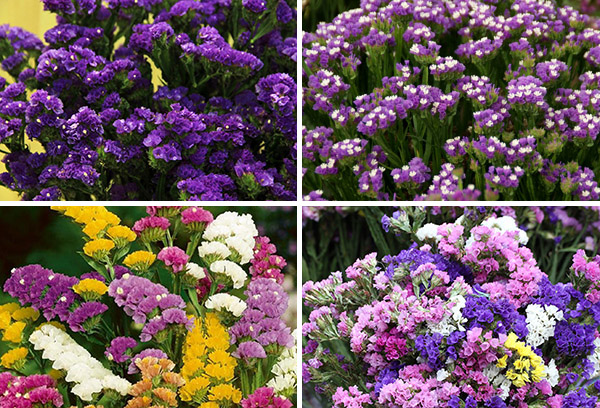
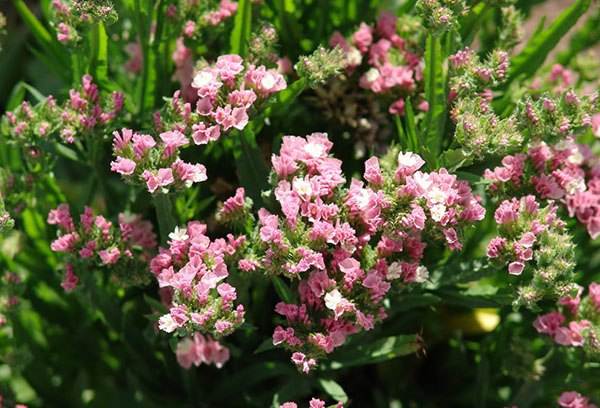
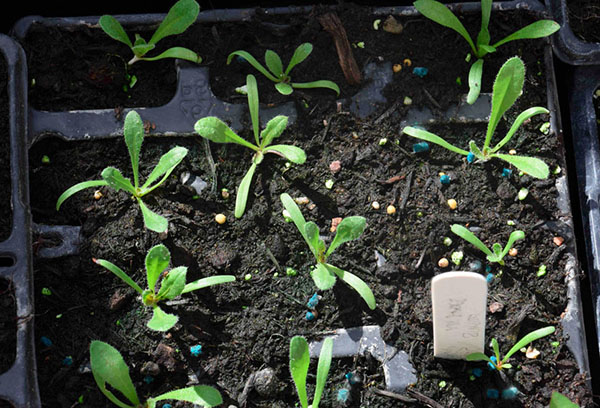
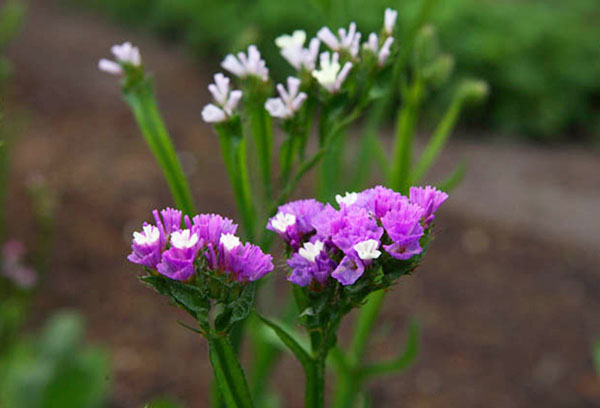

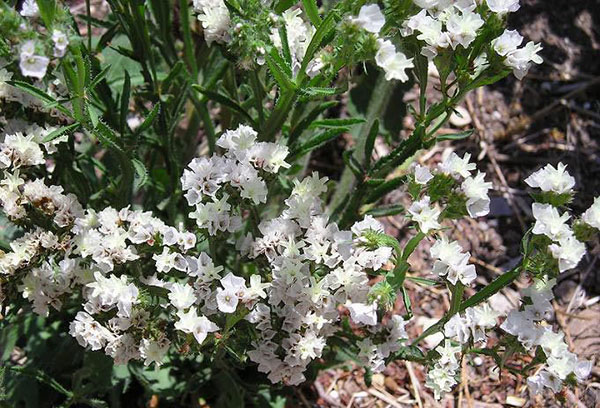

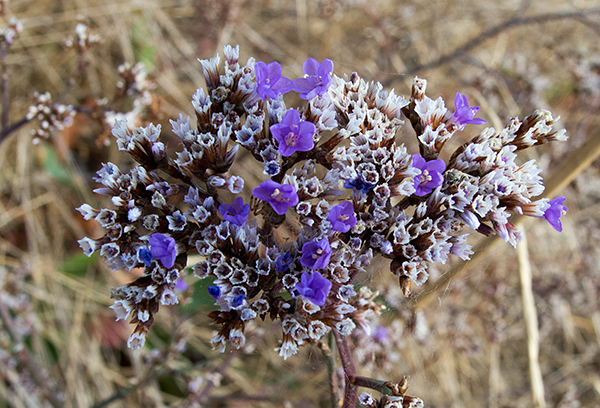
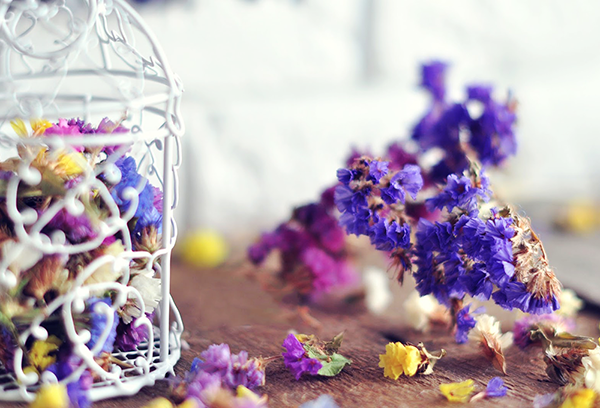
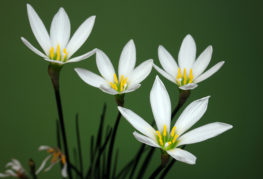
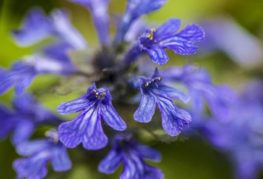
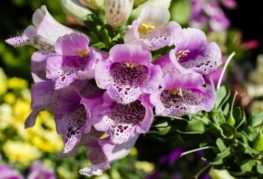
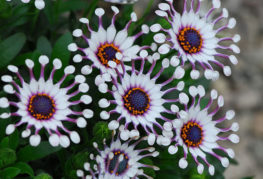

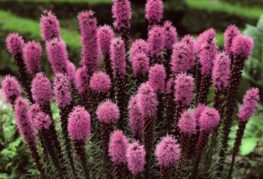
and will be published shortly.